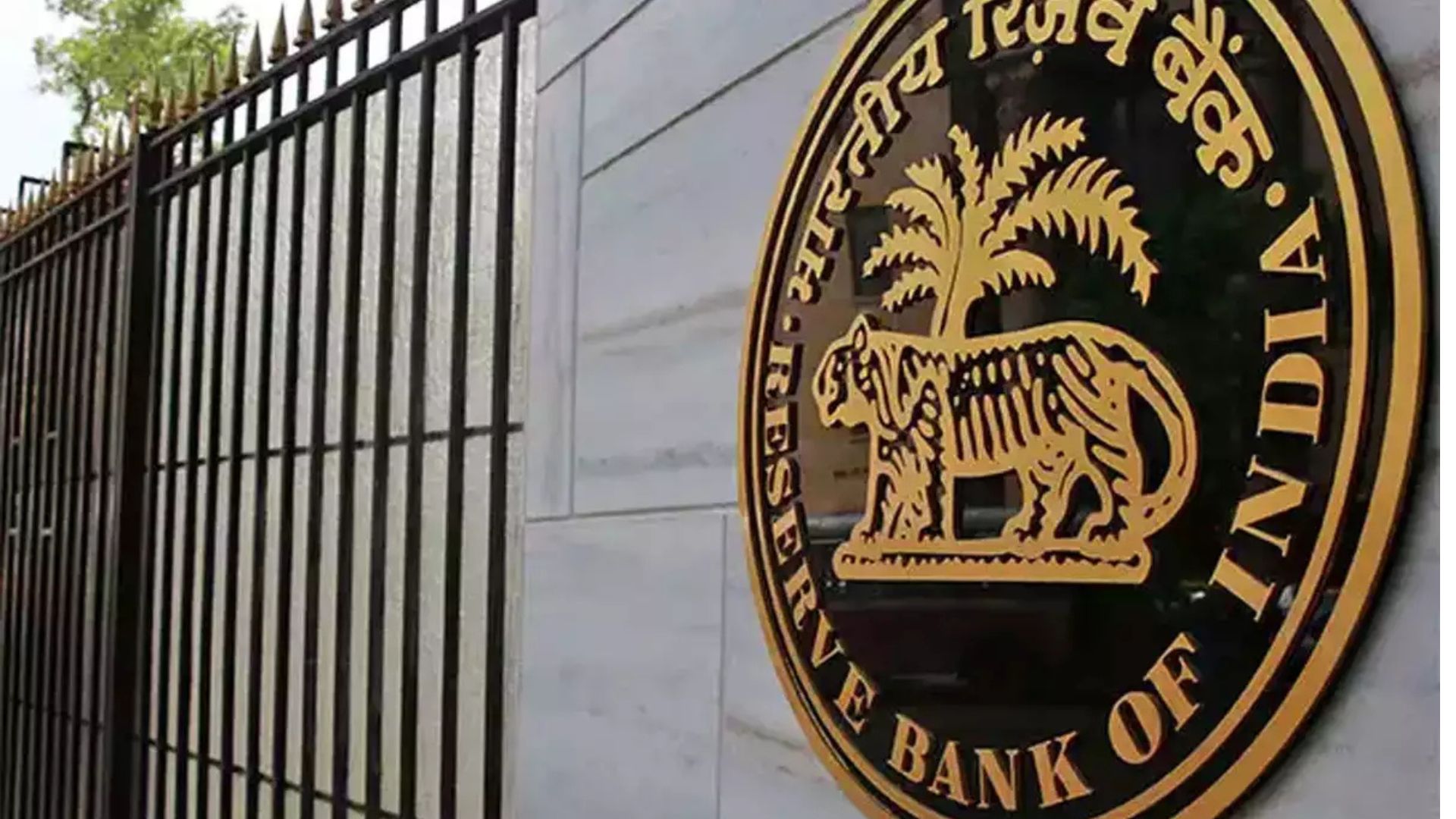
India’s maiden solar observation venture, Aditya-L1, is on the brink of attaining its designated orbit, signifying a significant leap in its mission to continuously monitor the Sun. Launched on September 2 from Sriharikota, the spacecraft has journeyed towards the Sun for four months, and this Saturday, the Indian Space Research Organisation (ISRO) is poised to execute a pivotal maneuver to position Aditya-L1 at Lagrange point 1 (L1), enabling uninterrupted solar observations.
Aditya-L1 Mission:
The second Earth-bound maneuvre (EBN#2) is performed successfully from ISTRAC, Bengaluru.ISTRAC/ISRO’s ground stations at Mauritius, Bengaluru and Port Blair tracked the satellite during this operation.
The new orbit attained is 282 km x 40225 km.
The next… pic.twitter.com/GFdqlbNmWg
— ISRO (@isro) September 4, 2023
Named after Surya, the Hindu god of the Sun, Aditya-L1’s mission entails the comprehensive study of various solar layers, including the corona, photosphere, and chromosphere. L1 signifies the Lagrange point between the Sun and Earth, where gravitational forces balance, allowing the spacecraft to “hover.” The spacecraft aims to reach L1, situated 1.5 million km from Earth, representing 1% of the Earth-Sun distance.
ISRO’s final maneuver, scheduled for Saturday at 16:00 India time, aims to secure Aditya-L1 in L1’s orbit. ISRO Chief S Somanath underscores the necessity of occasional maneuvers to maintain the spacecraft’s position post-trapping. Attaining this “parking spot” will enable Aditya-L1 to orbit the Sun at Earth’s rate, ensuring continuous observation, even during eclipses and occultations.
Aditya-L1 is equipped with seven scientific instruments, concentrating on solar corona, photosphere, and chromosphere observation. Following lift-off, the spacecraft orbited Earth four times before breaking free from Earth’s influence on September 30. A minor trajectory correction in early October ensured the spacecraft adhered to its intended path towards the final destination.
Some instruments on board have already initiated data collection and image capture. ISRO released initial images shortly after lift-off, including a frame featuring Earth and the Moon, and a “selfie” displaying two scientific instruments. Last month, the agency unveiled full-disk images of the Sun, offering insights into the photosphere and chromosphere.
Scientists anticipate that Aditya-L1’s mission will advance the understanding of solar activity, such as solar wind, flares, and their impact on Earth and near-space weather. Aditya-L1’s role in predicting solar winds or eruptions could contribute to safeguarding satellites, aligning with the mission’s broader goal of enhancing space weather predictions.
While ISRO has not officially disclosed the mission’s cost, reports suggest it may amount to 3.78 billion rupees ($46 million). The successful execution of Saturday’s maneuver will position India among a select group of countries actively studying the Sun, alongside agencies like NASA and ESA in this pioneering pursuit. NASA’s Solar Orbiter, launched jointly with ESA in 2020, and the Parker Solar Probe, which made history in 2021 by flying through the Sun’s corona, exemplify global efforts in solar exploration.















